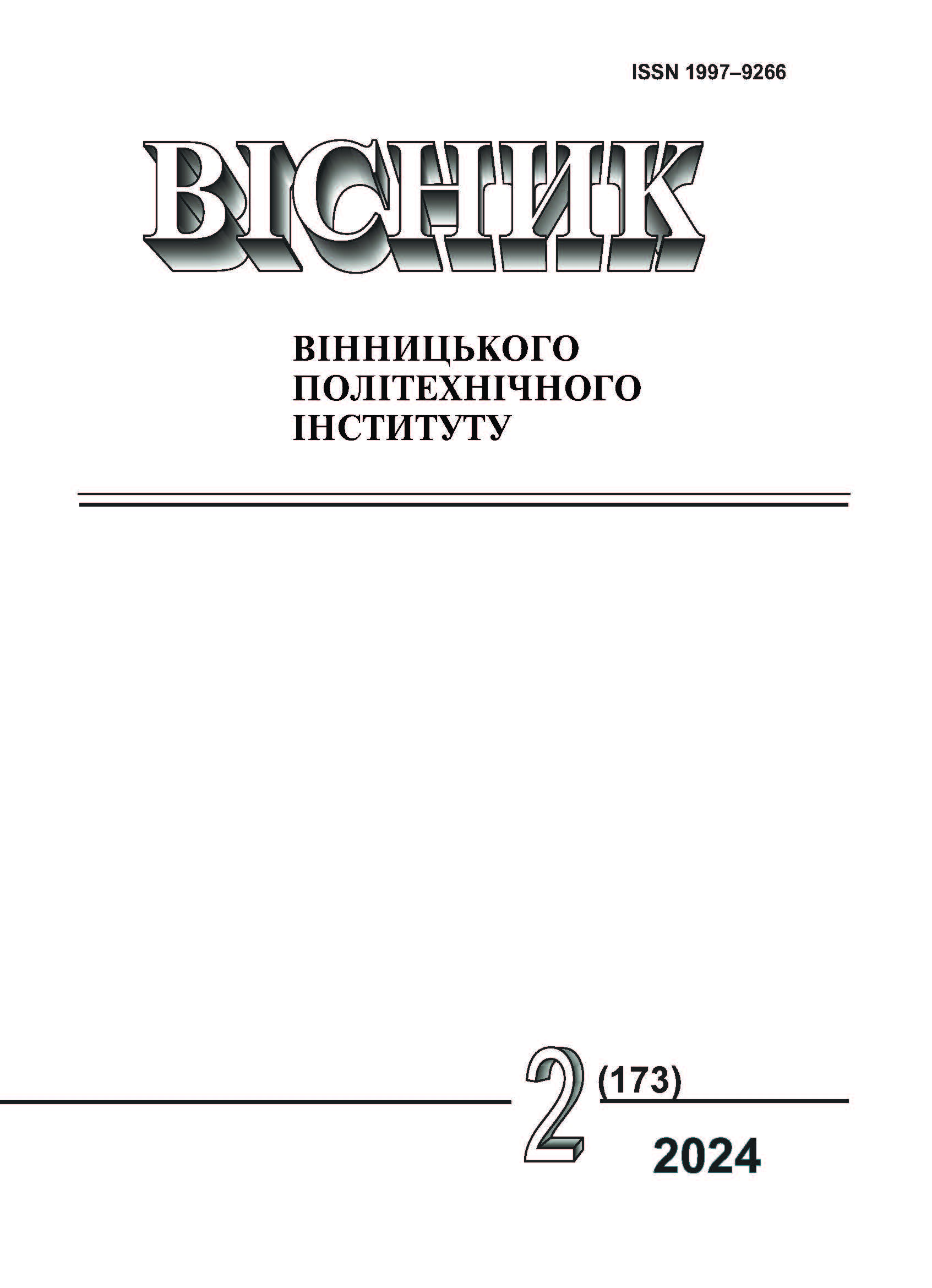Monitoring and Coagulation Treatment of Wastewater of Metallurgical Production Processes
DOI:
https://doi.org/10.31649/1997-9266-2024-173-2-33-38Keywords:
waste water, analysis, coagulation, selection, purification, pollutionAbstract
In recent years, the problem of wastewater from metallurgical enterprises is becoming increasingly acute and relevant all over the world, including Ukraine. In the process of production, modern metallurgical enterprise consumes a considerable amount of water, greater part of it becomes contaminated with various substances. When they get into the environment, huge and irreparable damage is caused to the ecology, therefore wastewater is subjected to treatment. To ensure treatment, it is necessary to use special equipment and technological complexes, with the help of which the established norms of sewage pollution, defined in the relevant documents, are achieved. The main goal of the work is to evaluate the effectiveness of titanium-containing coagulants in the processes of water purification of high-temperature metallurgical processes from the suspended substances. The choice of the object is due to huge volumes of generated wastewater and high degree of their pollution. Metallurgical enterprises are the source of many environmental problems related to wastewater disposal. Technological production processes of almost all areas of metallurgy involve the generation of the wastewater contaminated with various substances. Today, industrial pollution of wastewater is one of the most significant hazards for the environment. Anthropogenic factors of wastewater pollution are quite diverse and lead to the presence of mechanical, chemical and biological impurities in them. As a rule, wastewater contains hazard substances in complex, different concentrations, which significantly complicates the solution to the problem of wastewater treatment. Industrial enterprises, according to the current legislation, must necessarily use treatment facilities, enabling to neutralize the negative impact of the effluents, but this requirement, unfortunately, is not always fully fulfilled. As part of the work, the assessment of the possibility of reagent treatment of reservoir wastewater using traditional (aluminum oxychloride) and innovative (complex titanium-containing) coagulants was carried out. It was established that the addition of titanium compounds allows to reduce the effective dose of oxychloride by almost 2 times, with a slight loss of cleaning efficiency (a little more than 5 %).
References
Правила охорони поверхневих вод від забруднення зворотними водами, Постанова Кабінету Міністрів України № 465 від 25.03.1999 р.
Л. A. Кульский, В. Ф. Накорчевская, В. А. Слипченко, Активная кремнекислота и проблема качества воды. Киев, Украина: Наук. думка, 1969, 235 с.
ВВР, Водний кодекс України (зі змінами та доповненнями, внесеними Законом України від 7 грудня 2000 р. № 2120-ІІІ), 2001, № 2-3, Ст. 1.
Український науковий центр охорони вод, КНД 211.0.009-94 Охорона навколишнього природного середовища та раціональне використання природних ресурсів. Гідросфера. Відбір проб для визначення складу і властивостей стічних та технологічних вод. Основні положення. [Електронний ресурс]. Режим доступу: https://online.budstandart.com/ua/catalog/doc-page.html?id_doc=53448 .
Український науковий центр охорони вод, КНД 211.1.2.008-94 Гідросфера. Правила контролю складу і властивостей стічних та технологічних вод.
Downloads
-
PDF (Українська)
Downloads: 78
Published
How to Cite
Issue
Section
License

This work is licensed under a Creative Commons Attribution 4.0 International License.
Authors who publish with this journal agree to the following terms:
- Authors retain copyright and grant the journal right of first publication.
- Authors are able to enter into separate, additional contractual arrangements for the non-exclusive distribution of the journal's published version of the work (e.g., post it to an institutional repository or publish it in a book), with an acknowledgment of its initial publication in this journal.
- Authors are permitted and encouraged to post their work online (e.g., in institutional repositories or on their website) prior to and during the submission process, as it can lead to productive exchanges, as well as earlier and greater citation of published work (See The Effect of Open Access).





